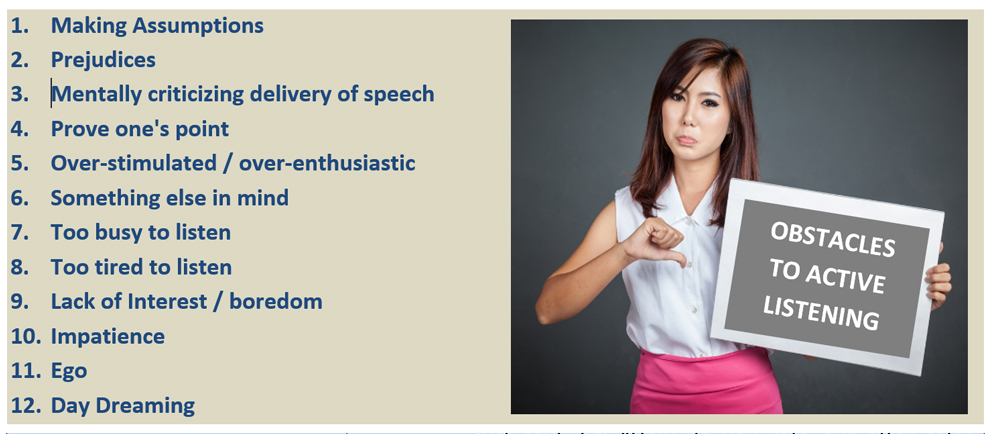What makes Sales communication crucial
In day to day communication, one can be spontaneous and casual. In contrast, Sales communication is crucial. There are larger implications for the people involved, for they speak not for themselves as individuals. They speak for their respective businesses, and are responsible to demonstrate creation of mutual value.
Every profession has a set of definitive skills. One of the core skills for Sales is proficiency in Sales communication. Getting Customers to open up so as to understand their needs, asking questions and practicing active listening to gain the Customers attention, building rapport and trust - are central to good sales communication. These seemingly easy and simple skills are actually rare to find, for they call for painstaking deliberate practice. The huge disparity between the fortunes of ‘winning’ sales people and their ‘also ran’ peers is testimony to the impact these skills can create. The good news is, they are learnable.
Traditionally, Sales Communication has meant face-to-face, written and telephone communication. The advent of technology brought in ‘presentations’. Today’s digital world includes new formats like email, texting, chat and web meetings. During the pandemic the whole world almost shifted its entire sales communication to virtual platforms. Over time, we have gotten comfortable with hybrids. Adoption of multiple formats is varied across Customer groups. While the millennials are very adept with the latest formats, their seniors have taken to technology selectively, with a mix of resistance, helplessness, and excitement. By virtue of having to interact with them all, a salesperson has no choice other than being adept at all formats. Here in lies the catch. Proficiency across communication formats is not proficiency in sales communication!
As Customers and Salespeople increasingly adopt the latest in media, Sales Communication becomes real time, making it imperative to do it right the first time, all the time!
Understanding Sales Communication
Sales communication is defined by Mercuri as the passing of meaningful messages between Customer and Salesperson. Thus, both Salespersons and Customers send messages and receive messages, when they interact, whether face to face or on various media. ‘Meaningfulness’ implies that an action or a reaction is expected from the other side – ‘other side’ could be Customer or could be Salesperson. If the Customer says “I have not understood what you said” that too is perfectly fine; since it is a reaction in the quest to understand the message and not dismiss the salesperson!
Irrespective of the media used in this process of Sales Communication, the messages are ‘passed’ to and fro with a lot of potential for making mistakes by both the sales person and the Customer. Here lies the opportunity for a Salesperson. If one can minimize these mistakes compared with one’s competition, one could win over a Customer.
What are these common mistakes? When do they happen? How can one avoid or overcome them?
Five Stages of Sales Communication
Notice that the five stages are generic to ‘communication’ in general. We project these through a Sales lens, because we want to get better at Sales Communication, in both personal and digital media.
Traps
Look at the above five stages and reflect on them. Each of these stages has several potential traps for something to go wrong. A normal tendency when communication goes wrong is to blame the other person. A Salesperson needs to ask oneself “What is it that I can do to minimize such traps”.
It is not difficult. Simply being conscious of these traps means winning half the battle. Rest is a matter of doing the right thing whenever such a trap presents itself. And, these traps can surface with minor variations across face to face, written and digital modes of communication.
There are 7 commonly experienced traps that account for 90% of the problems. These traps have been described below, from salesperson’s point of view.
Traps 1 & 2 : During stage 1 (Forming the message)
Traps 3, 4, 5 & 6: During stage 2 (Sending the message)
Notice that in Point 5 above, a distracted Salesperson can be noticed readily in virtual media. With a close up view on the camera, eye movements are very visible to all participants. If you are looking away from the screen, it may be seen as lack of interest. So, if you must take notes, or send a message, please excuse yourself when you do.
Trap 7: Obstacles to Active Listening - During Stages 3, 4 & 5 ( Receiving, Interpreting & Storing):
This is a very hard-to-overcome trap. However, let us remember that the most likely duration of one sales talk during a typical sales process could be 30 minutes. Thus it is only for 15 to 20 minutes that you have to do your best to avoid the obstacles to active listening. Seen below are some of the most commonly experienced obstacles to active listening.



















